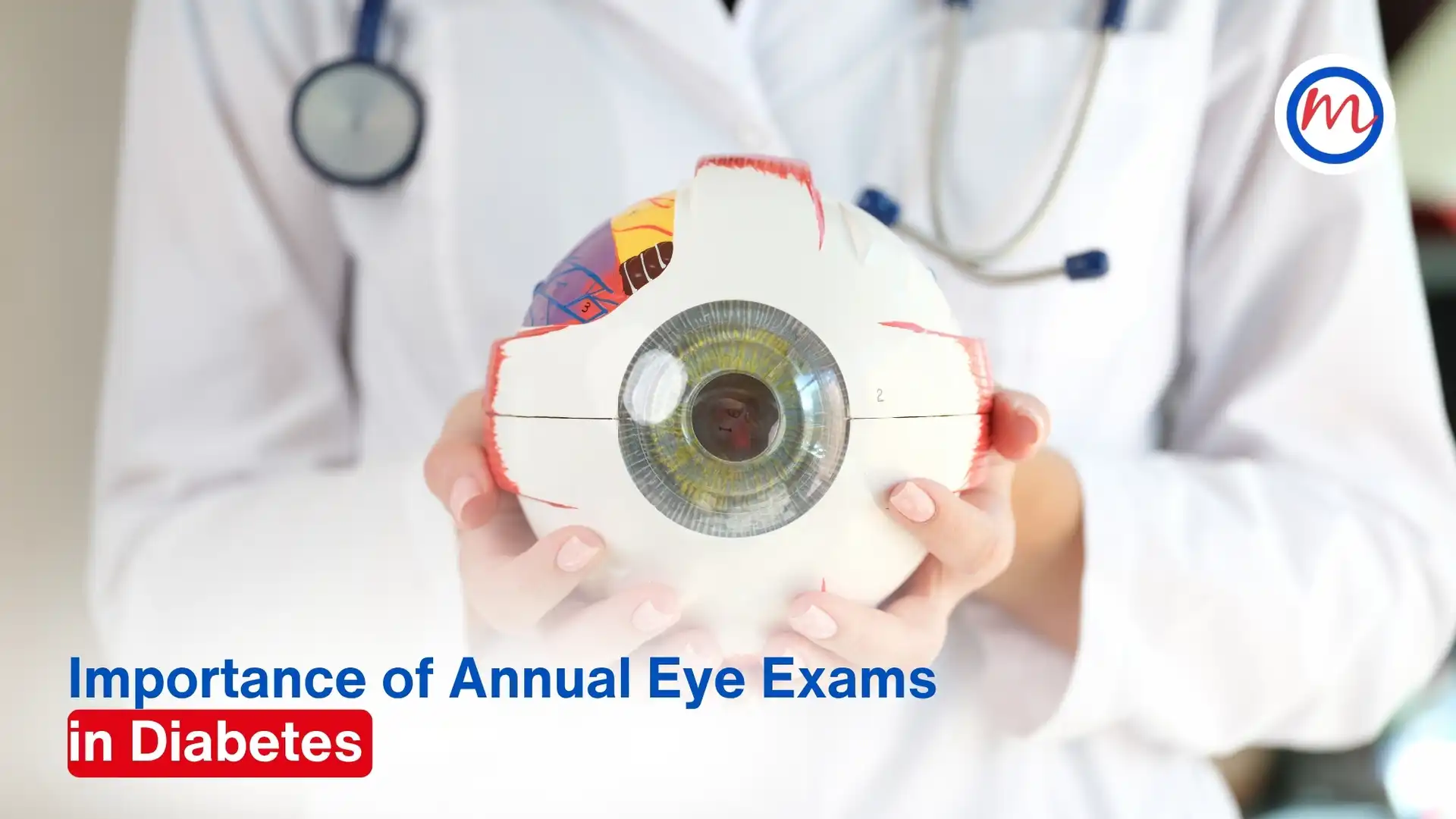Importance of Annual Eye Exams in Diabetes
Introduction
Did you know that diabetes is one of the leading causes of vision loss in adults? Many eye diseases caused by diabetes do not show symptoms in the early stages, making it critical to get regular eye check-ups. This is where annual eye exams for individuals with diabetes play a key role. They help in detecting problems early and preventing severe complications such as blindness.
Why People with Diabetes Are at Risk
High blood sugar levels over time can damage tiny blood vessels in the eyes, particularly in the retina. This damage can lead to conditions like:
- Diabetic Retinopathy
- Macular Edema
- Cataracts
- Glaucoma
Unfortunately, these problems may not be painful or visible until the damage becomes severe. Hence, waiting for symptoms before seeing an eye doctor can be risky.
Benefits of Annual Eye Exams in Diabetes
- Early Detection of Eye Diseases
One of the biggest advantages of yearly eye exams is early detection. For example, diabetic retinopathy progresses in stages. If caught early, treatment can prevent worsening and vision loss. - Preventing Permanent Vision Loss
With regular eye screening, doctors can start treatments like laser therapy or injections in time to stop the progression of the disease. - Monitoring Overall Health
The eyes reflect what is happening in the rest of the body. Changes in the blood vessels of the retina may also indicate damage in other organs like the kidneys or heart. - Updating Glasses or Lenses
Diabetes can cause blurry vision due to fluctuating blood sugar levels. Routine eye check-ups ensure your vision correction needs are kept up-to-date.
What to Expect in a Diabetic Eye Exam
A comprehensive diabetes eye exam is more detailed than a routine vision test. It may include:
- Visual Acuity Test – Measures how well you see at different distances.
- Dilated Eye Exam – Eye drops are used to widen pupils, allowing the doctor to check the retina and optic nerve closely.
- Tonometry – Measures pressure inside the eye (to detect glaucoma).
- Imaging Tests – Advanced scans like OCT (Optical Coherence Tomography) or fundus photography may be used to detect swelling or bleeding in the retina.
These tests are painless, quick, and non-invasive.
How Often Should Eye Exams Be Done?
- Type 1 Diabetes: Get an eye exam within 5 years of diagnosis, then once a year.
- Type 2 Diabetes: Eye exams should begin immediately after diagnosis and continue every year.
- Pregnant Women with Diabetes: Need an eye exam before pregnancy or in the first trimester, and frequent monitoring during pregnancy.
Your eye doctor may recommend more frequent check-ups based on your eye health and diabetes control.
Your Action Plan
If you have diabetes:
- Schedule an eye exam once every year.
- Manage blood sugar, blood pressure and cholesterol to protect your eyes.
- Report any vision changes like blurriness, floaters or trouble seeing at night immediately.
- Don’t wait for symptoms — prevention is always better than a cure.
Visit the Experts at Dr. Mohan’s
At Dr. Mohan’s Diabetes Specialities Centre, we offer comprehensive diabetic eye care, including retina screening, advanced imaging and expert guidance. Our ophthalmologists specialise in caring for diabetes-related eye conditions and helping you preserve your vision.
Don’t let diabetes steal your sight. A simple yearly eye exam could make the difference between clear vision and lifelong problems. Take charge of your eye health today — your future self will thank you.https://drmohansdiabetes.co.in/enroll/?campname=website



